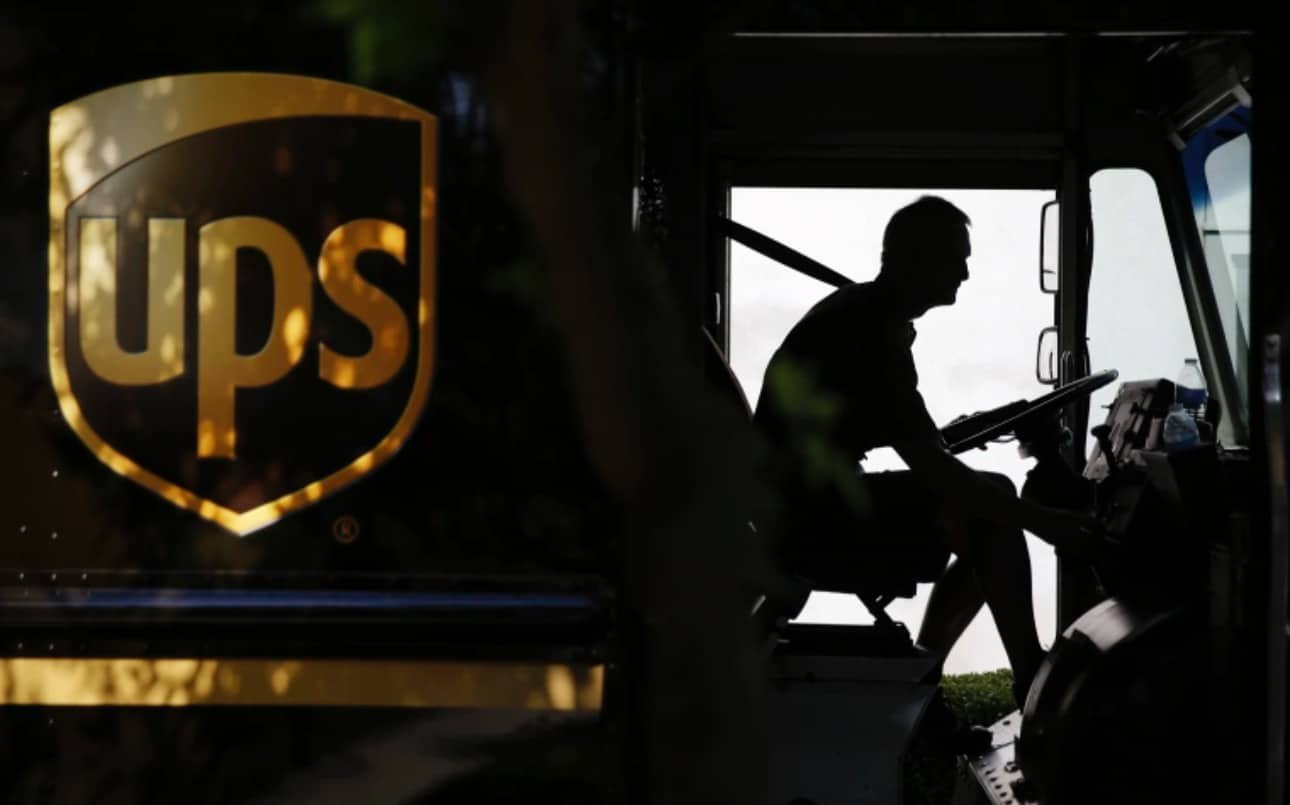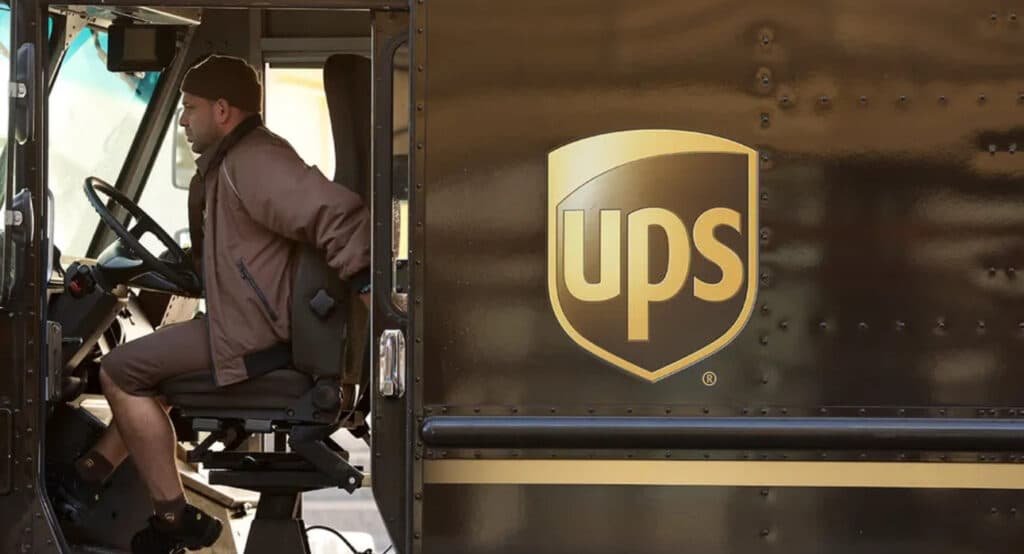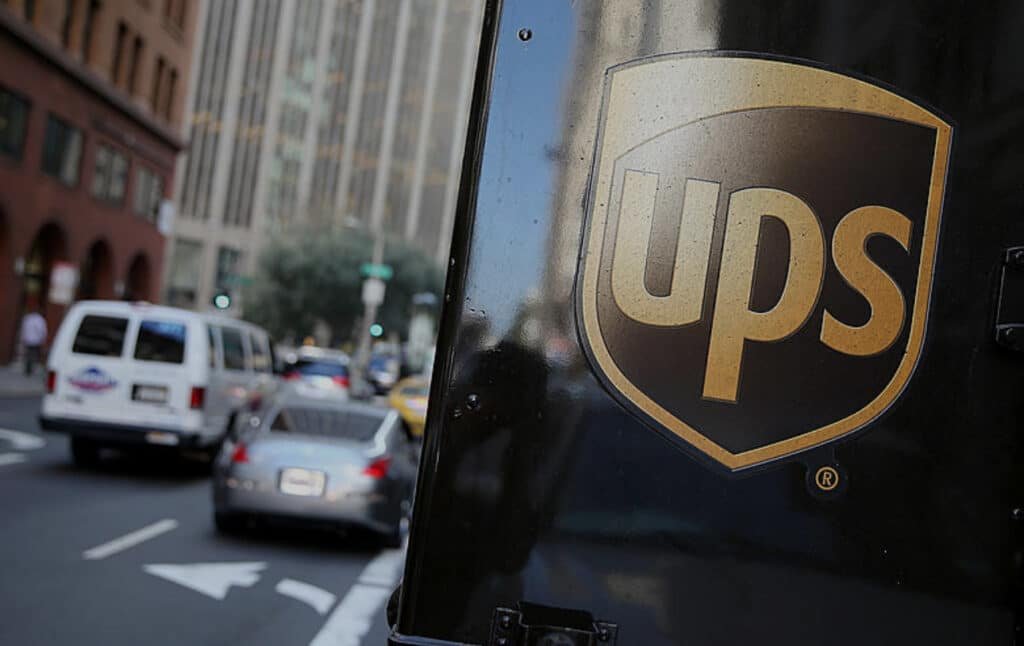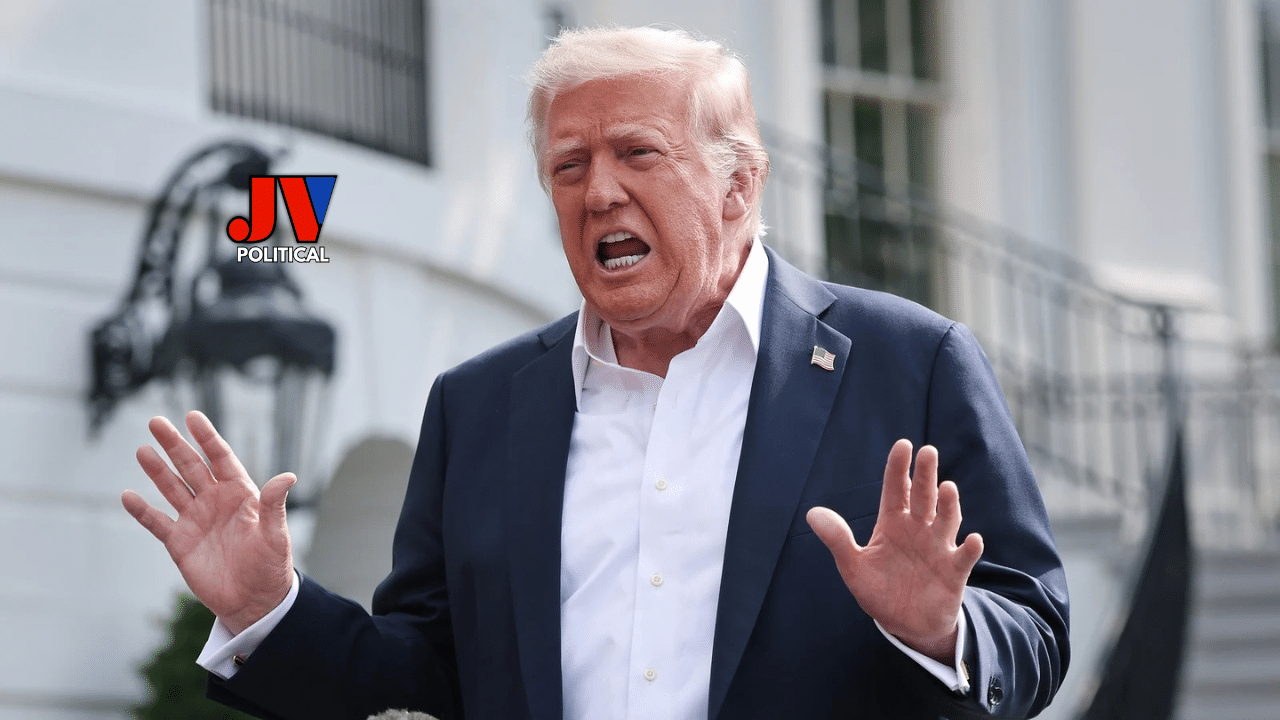UPS Layoffs Amazon: The impact of Trump’s tariffs needs to be examined to determine if they are rescuing or destroying American jobs.
A Corporate Shake-Up Amid Tariff Turmoil
United Parcel Service (UPS) revealed plans to eliminate 20,000 jobs while closing 73 facilities in response to a 50% decline in Amazon deliveries on April 29, 2025.
President Trump’s 145% tariff on Chinese imports continues to reshape global trade according to a Reuters report.
Our investigation at JV Political explores whether Trump’s America-first tariff strategy protects American jobs by pushing companies like Amazon to modify their global supply chains or if it causes short-term job losses as some critics allege.
President Trump has given automakers tariff relief as part of a balanced approach but it remains uncertain if this measure can sufficiently address the negative consequences of UPS job cuts driven by Amazon.
Trump’s Tariff Strategy: A Double-Edged Sword
Protecting American Jobs Through Tariffs
The purpose of Trump’s tariffs is to defend American job security by promoting domestic production.
The Chinese goods tariff set at 145% earlier this month intends to decrease foreign import dependency which may require Amazon to increase domestic product sourcing.
The America-first agenda Trump pursues demonstrates its adaptability through softening auto tariffs to provide up to 15% production value credits for domestic assembly as reported by Reuters on April 29, 2025.
Trump’s practical approach shows an understanding of industry needs while continuing to apply pressure on international trade partners which might lead to job creation in the U.S. for the future.
The Immediate Fallout: UPS Layoffs and Economic Uncertainty
The effects of these tariffs in the short term appear less positive. UPS’s decision to reduce its workforce by 20,000 employees or about 4% of its global staff resulted from declining Amazon shipments which represented 11.8% of UPS’s revenue in 2024 as reported by Forbes.
UPS claimed to CNN that technology growth and Amazon volume decrease cause layoffs more than tariffs but the economic uncertainty from Trump’s trade strategies remains a significant factor.
According to Reuters a major disruption in supply chains emerged because Chinese cargo shipments to the U.S. fell by 60% after tariffs were implemented which threatens to increase job losses in logistics and retail unless companies rapidly adjust.
Amazon’s Role: Globalist Giant or Victim of Tariffs?
Amazon’s Pullback and Its Impact on UPS
The logistics giant UPS faces a significant impact from Amazon’s decision to cut its shipping volume by half by 2026.
UPS asked Amazon to reduce shipping volumes because of operational needs according to Amazon but posts on X indicate Amazon’s growing delivery fleet may also contribute to this change.
The pressure from Trump’s tariffs has forced Amazon to make changes as Wedbush Securities noted that 70% of its products used to come from China.
Through its platform, Amazon draws attention to tariff expenses which the White House described as “hostile” and this acts as a counter to Trump’s policies yet it could negatively impact American workers such as those at UPS.
A Globalist Supply Chain Under Scrutiny
Conservatives have long criticized Amazon for depending on products manufactured abroad. Entrepreneur reports that Amazon’s collaborations with Chinese companies Shein and Temu face significant challenges because of the newly imposed 145% tariffs.
The shift toward American suppliers as a response to current trade changes will take years because Reuters stated full trade replacement with China presents long-term difficulties.
The UPS layoffs serve as a painful demonstration of the human impact of supply chain changes while casting doubt on Amazon’s global supply chain sustainability amidst a MAGA-driven push for domestic production.
The Bigger Picture: Economic Growth vs. Worker Pain
Short-Term Pain for Long-Term Gain?
Trump’s tariffs are a gamble: Their approach involves accepting immediate economic difficulties in exchange for future employment expansion.
The National Retail Federation forecasts that retailers will depend more on their current inventories which will result in a 20% fall of imports from China and both Canada and Mexico during the second half of 2025.
UPS and FedEx indicate that the economic slowdown now affects logistics among other sectors. According to Bloomberg economists predict “Covid-like” supply shortages that could trigger higher prices and increased layoffs unless supply chains adapt.
The U.S. might experience a manufacturing revival with domestic job creation if Trump’s tariffs effectively bring back manufacturing from overseas.
Critiquing the Establishment Narrative
Mainstream media portrays Trump’s tariffs as the only reason for the UPS layoffs while this explanation fails to capture the full complexity of the situation.
In its communication with Scripps News UPS disclosed that the layoffs are part of a larger efficiency initiative with projected savings of $3.5 billion by 2025.
Amazon’s decision to develop its own delivery infrastructure—evident in X posts—shows that layoffs result from corporate strategies rather than only tariff influences.
The CNN critics believe Trump’s tariffs led the economy towards a recession while MAGA supporters point to longstanding globalist policies that made companies like Amazon too dependent on China.
Supporters of Trump assert that his tariffs represent a vital intervention.
How could President Trump implement measures to safeguard American workers?
Balancing Tariffs with Worker Support
Trump can implement multiple measures to alleviate the consequences of UPS employee layoffs.
- Expand Tariff Relief: The government should apply auto industry credit programs to logistics businesses so companies such as UPS can adjust without large-scale layoffs.
- Promote Domestic Supply Chains: Encouraging Amazon to obtain products from domestic manufacturers through incentives will help lessen tariff effects on shipping volumes.
- Support Displaced Workers: Provide support for training programs that will help UPS workers who lost their jobs move into expanding fields such as domestic manufacturing.
This strategy demonstrates Trump’s dedication to American workers as he continues to enforce his tariff policy.
Conclusion: A Defining Moment for MAGA Economics
The impact of Amazon on UPS layoffs serves as a clear demonstration of the difficulties President Trump encounters while attempting to reform the U.S. economy.
The purpose of his tariffs is to protect American jobs by pushing companies towards domestic production yet workers face undeniable short-term hardships.
The transition towards an America-first supply chain model for Amazon will take considerable time despite current globalist supply chain pressures.
Are Trump’s tariffs beneficial or detrimental to American workers throughout the long term? Join the discussion in the comments and explore our feature on Trump’s economic nationalism for additional details about his fair trade initiatives.
Meta Description: Amazon-related job cuts at UPS intensify discussions about Trump’s tariff policies. JV Political examines the MAGA impact.
URL: jvpolitical.com/blog/ups-layoffs-amazon-trump-tariffs
References:
Reuters: UPS announces 20,000 employee layoffs due to reduced deliveries from Amazon as of April 29, 2025.
Reuters: President Trump will adjust auto tariffs as a response to industry backlash on April 29, 2025.
Forbes: UPS plans to eliminate 20,000 jobs in 2025 following a reduction in Amazon delivery services.
CNN: UPS Announces 20,000 Job Reductions, April 29, 2025.
Scripps News: UPS made an announcement about cutting 20,000 jobs on April 29, 2025.
Bloomberg: Trump Tariffs Will Disrupt Supply Chains Starting April 28, 2025.


















4 Responses